When the young Queen Elizabeth took to the throne, she couldn’t have imagined the changes she would see over the course of her reign. War, recession, scandal and Pandemic were all unknowingly ahead of her. And she was also undoubtedly unaware that she had inadvertently kicked off a brand advertising revolution.
From the mass, homogenised advertising of small household items aimed at blindly-trusting consumers in the early years of Elizabeth’s reign, to the brand experience and emotional connection expected from consumers who want to create their own experiences as she reaches her Platinum Jubilee, the way we connect with customers has changed dramatically over the last 70 years. Kick started when Queen Elizabeth bought TV to the masses.
In televising her Coronation, Queen Elizabeth cemented the medium of TV in the national awareness and bought the power of broadcast images to most British people for the first time. The use of television to connect would eventually come to define her reign and to this day, Queen Elizabeth has been on the cover of the Radio Times more than any other person[i]. It also changed the way brands communicate with customers forever.
Octogenarians will happily regale you with memories of that first broadcast experience - Coronation chicken sandwiches and huddling round a shiny new Bakelite set to view the ceremony in 1953. Whether that set was rented, bought or shared with neighbours, the Coronation was a defining moment in TV and Radio history. And, as a result, a defining moment for the future of marketing, branding and advertising.
While it’s fair to say that most people in Britain wouldn’t have had their own set at this point – a 12” ‘Flat Screen’ model would set you back 58 guineas, which equates to £1,900 in today’s money[ii]– the magic and immediacy of television had been firmly lodged in the collective consciousness.
Coincidentally, the advent of widespread television awareness happened at the same time the wartime controls on advertising were gradually lifting (from 1952-1954). Combined with a new post-war consumer optimism – which naturally boosted both advertising and consumer spending habits –the scene was set for a new era in both royalty and how consumers connected with products.
Brands quickly found their voice. Two years after the Queen’s coronation, the first TV ad in Britain (for Gibbs toothpaste) aired on the newly launched ITV. But with only one commercial channel on air, advertising in those early days was entirely homogeneous. There was no proliferation of media purchasing and all consumers were directed to buying the same thing – universally by white middle class actors or personalities, with corresponding white middle class accents and values.
Even so, commentators gave the new commercial station little chance of success in the belief that it would be “too American” for our tastes. The forced formality and “Britishness” led to stilted and uncreative advertising until well into the 1960s where the approach was simply tell the viewer why they should use the product.
Although the era that followed is known as The Golden Age of Advertising[iii] (think Mad Men), it wasn’t until the 1970’s that viewers become television literate enough to demand higher production values and began the gradual evolution from passive onlookers to active participants in the brand experience. But signs of the public appetites that our modern media thrives on were already becoming evident.
In 1969, the Queen herself got an early taste of what the latter day developers of TikTok, Reels and Insta Stories would later capitalise on – namely, the insatiable public curiosity to peer behind the scenes and see a less polished version of known ‘brands’. A real life documentary of the Royal family was viewed by a voracious 350 million people worldwide[iv] and, according to rumour, took the Queen by surprise with how keen the public were to see beneath the polished veneer.
Unlike our Insta Stories, however, this behind-the-scenes viewing didn’t disappear after 24 hours. Instead, the documentary hasn’t been aired since 1977, reportedly by Royal Decree[v]. But the public’s lust for a more ‘authentic’ portrayal of everything from celebrities to businesses is a worm that refused to go back in the can.
The branding industry was now in full swing, and had managed to find its own young, creative, diversely British voice. Instead of copying America with celebrity-led advertising and annoying jingles, the UK industry excelled at producing adverts that used our shared history, music, culture and symbolism. Classic adverts like the BT “You got an ‘ology’!”, or the Gold Blend couple are still remembered fondly today.
By the late 80s the focus was slowly changing from simply selling the product to brand awareness, customisation and building trusted relationships with consumers.
Throughout the 80s and 90s, increasingly sophisticated methods of computer analysis enabled greater emphasis to be put on things like understanding consumer preferences and reactions to new or altered products. And by the time the Internet entered the mainstream in the mid-90s advertising and marketing were ready to focus on increasingly targeted campaigns and customer experience.
The Internet created new channels and mediums at the same time as leading a dramatic shift in motivation, sped up by the Internet’s ability to collect data about its users.
The first banner ad was published in 1994 and out of novelty, 44% of people who saw it clicked on it[vi]. But by 1999, authors Pine and Gilmore[vii], realising the appetite for traditional advertising was waning, suggested we were now entering the Experience Economy (in their book of the same name), heralding a new way to think about connecting with consumers to secure brand loyalty.
By 2007[viii] the internet was the second most complained about medium for advertising - consumers had grown increasingly wary of things like pop-ups, auto playing videos or ads that increased load time - and by 2014[ix], the Internet had become the top most complained about medium for any advertising.
Millennials – the first digitally native generation – are the sector most sceptical of ads, turned off by passive advertising and drawn to a more connected relationship between customers and brands. So, as we sail through 2022, advertising no longer exists purely to sell.
Consumers are no longer content to just be passive onlookers – but instead have a desire to participate in and create their own experience with a brand. 78% of consumers want brands to actively create connection. And when asked to reflect on their relationship with brands, two thirds of consumers equate feeling connected with trust[x].
As the country pauses this year, to commemorate and reflect on the last 70 years of the Queen's reign, perhaps its time for us, too, to review how far our industry has come in the same period.
“Her Majesty grew up”, wrote the Radio Times in 1952, “as a leader of a generation for whom broadcasting had ceased to be a miracle.”
She reaches her Platinum Jubilee as the leader of a generation for whom broadcasting, television, technology and the Internet have all ceased to be a miracle and have become simply a fact of every-day modern life.
Perhaps as we approach the next 70 years, its time for brands to use experiences to build back a more meaningful relationship with consumers. It’s time to focus on the bigger picture again. And it’s time to prioritise authenticity, connection and engagement.
It’s time to bring back the magic… just without the Coronation chicken.
Sources: [ii]&[i] Source: Radio Times – Jubilee Commemorative Edition 2022. [iii] The Golden Age of Advertising - 4A's (aaaa.org). [iv] Royal Family first transmitted - BBC 100. [v] Royal Family documentary briefly resurfaces online - BBC News. [vi] The First-Ever Banner Ad on the Web - The Atlantic. [vii] Welcome to the Experience Economy (hbr.org). [viii]Advertising regulation timeline (hatads.org.uk). [ix] Advertising regulation timeline (hatads.org.uk). [x] #Brands Get Real: What consumers want from brands in a divided society (sproutsocial.com)





.png)


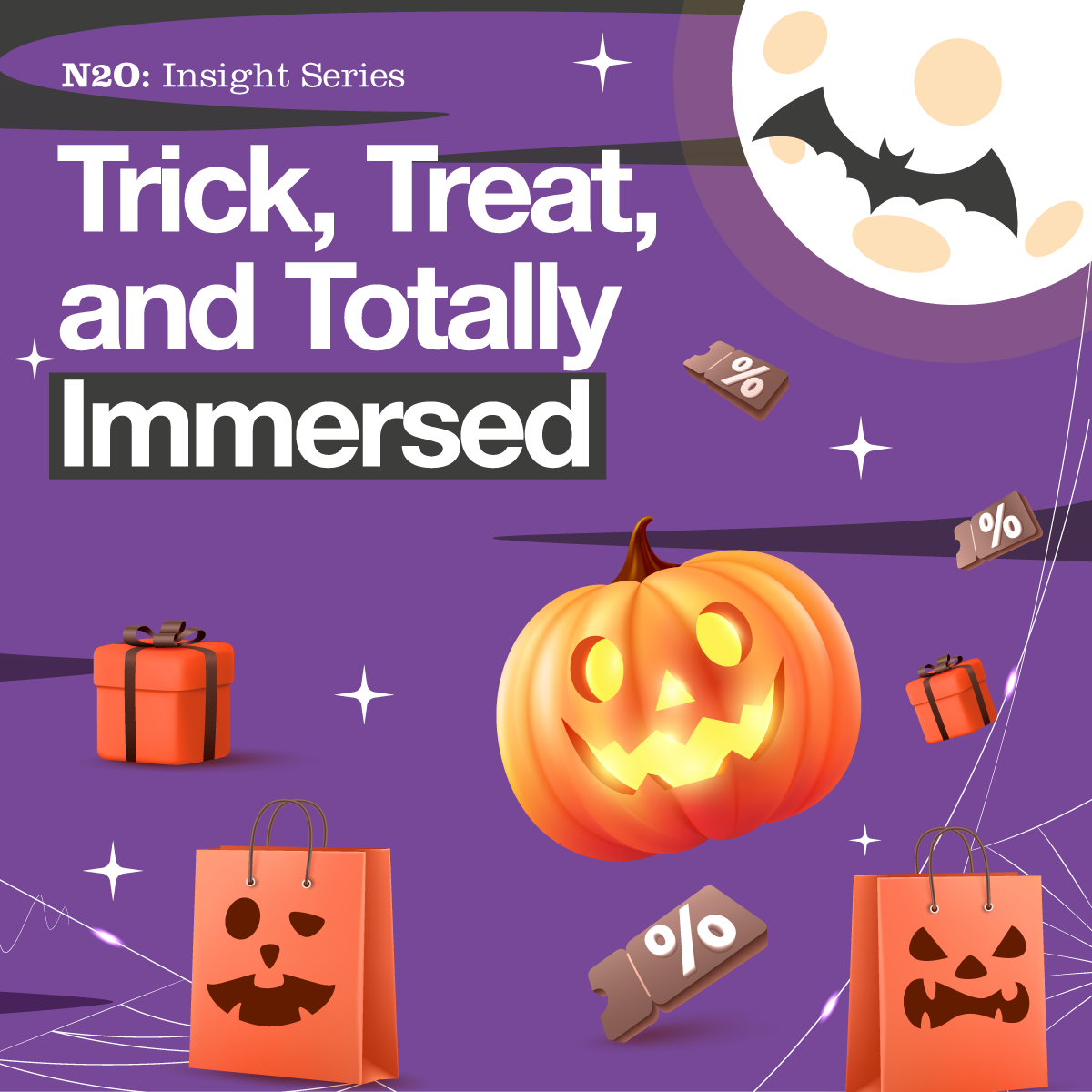
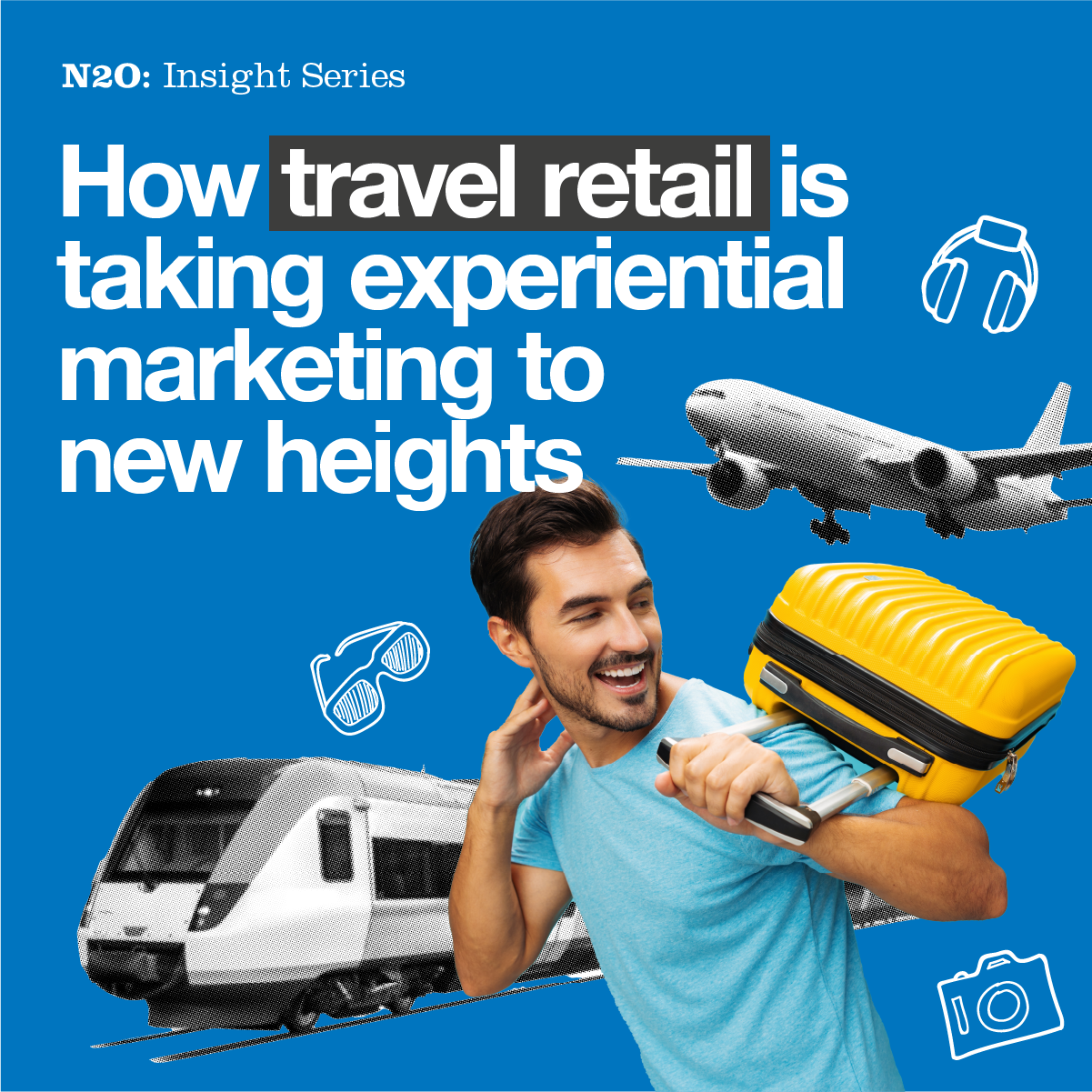

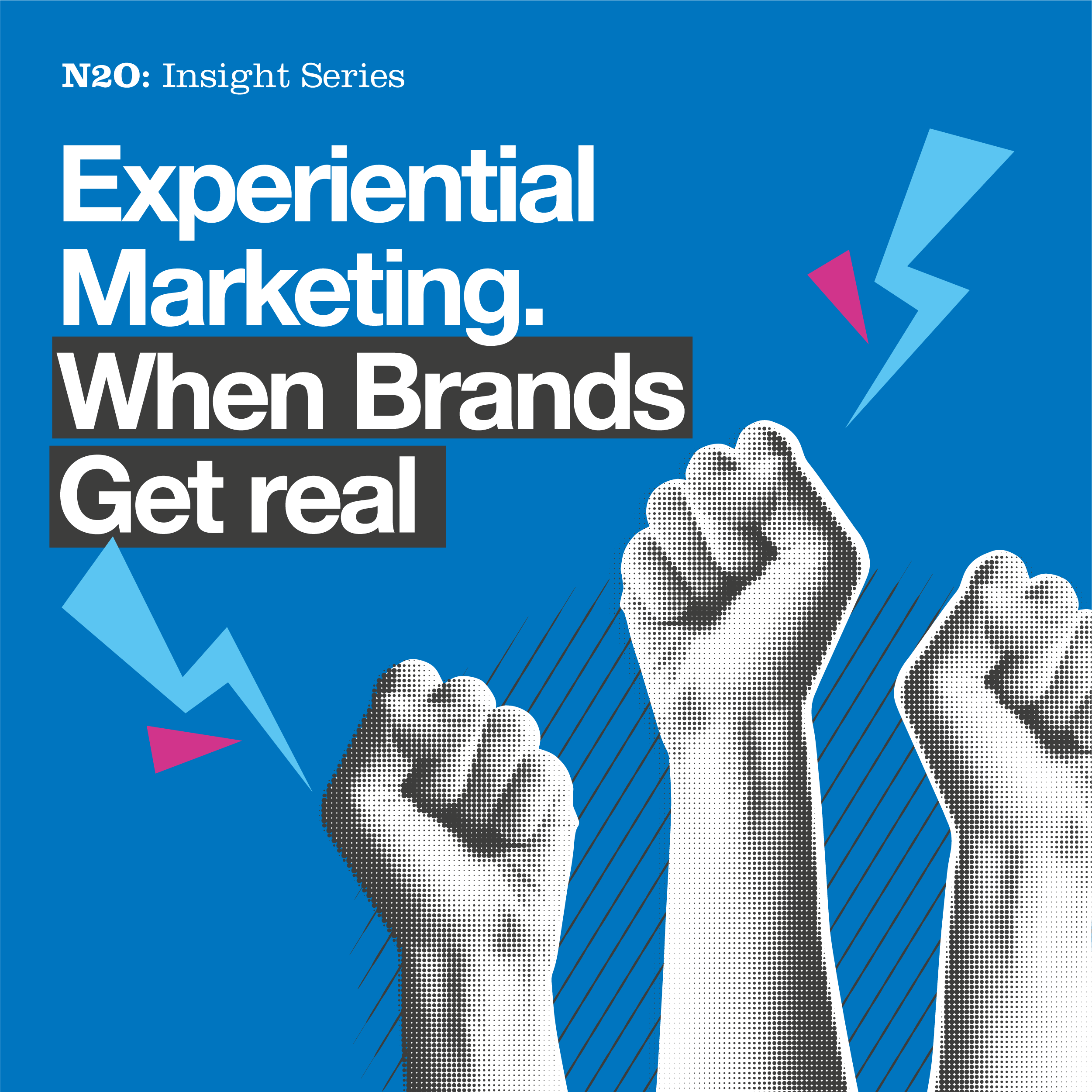


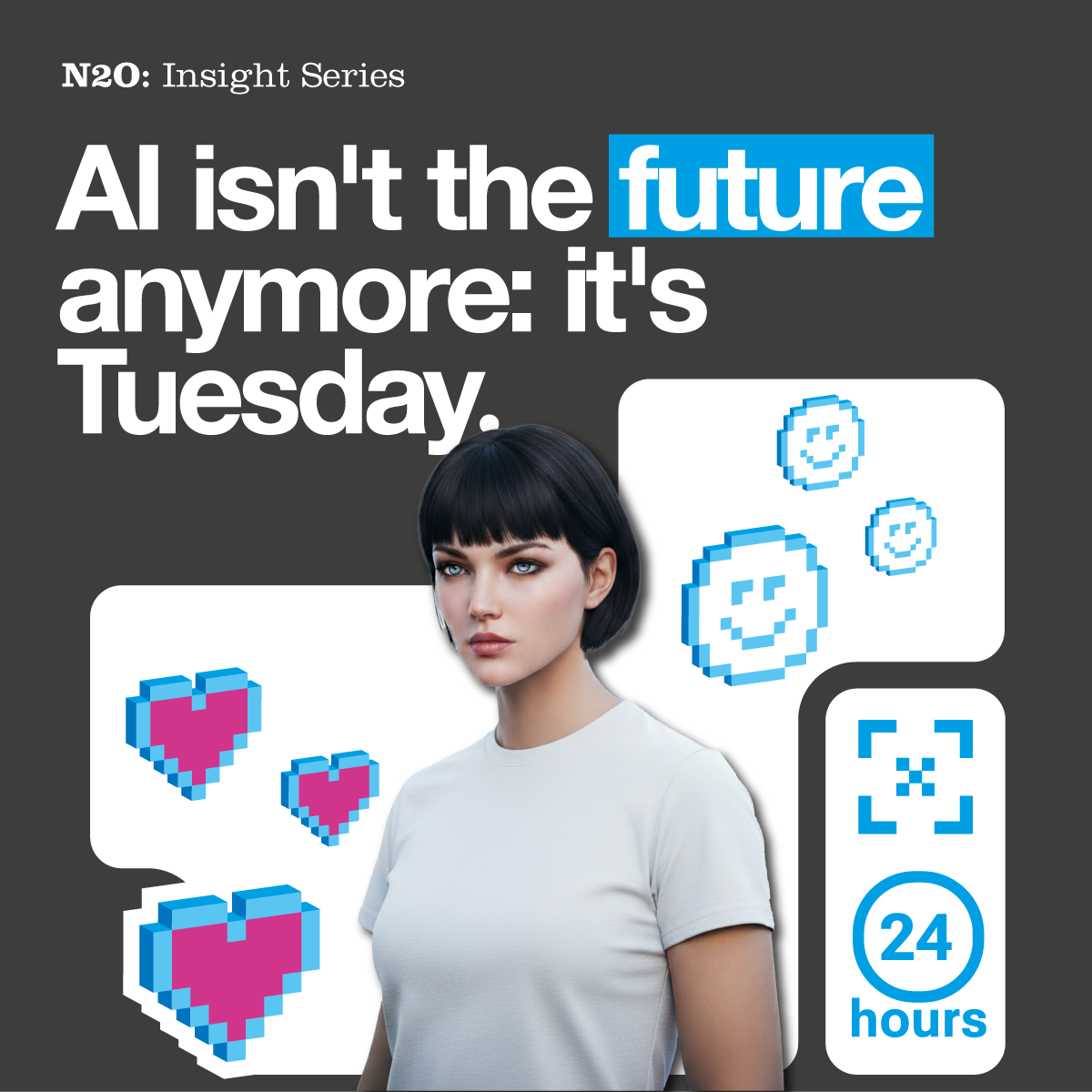


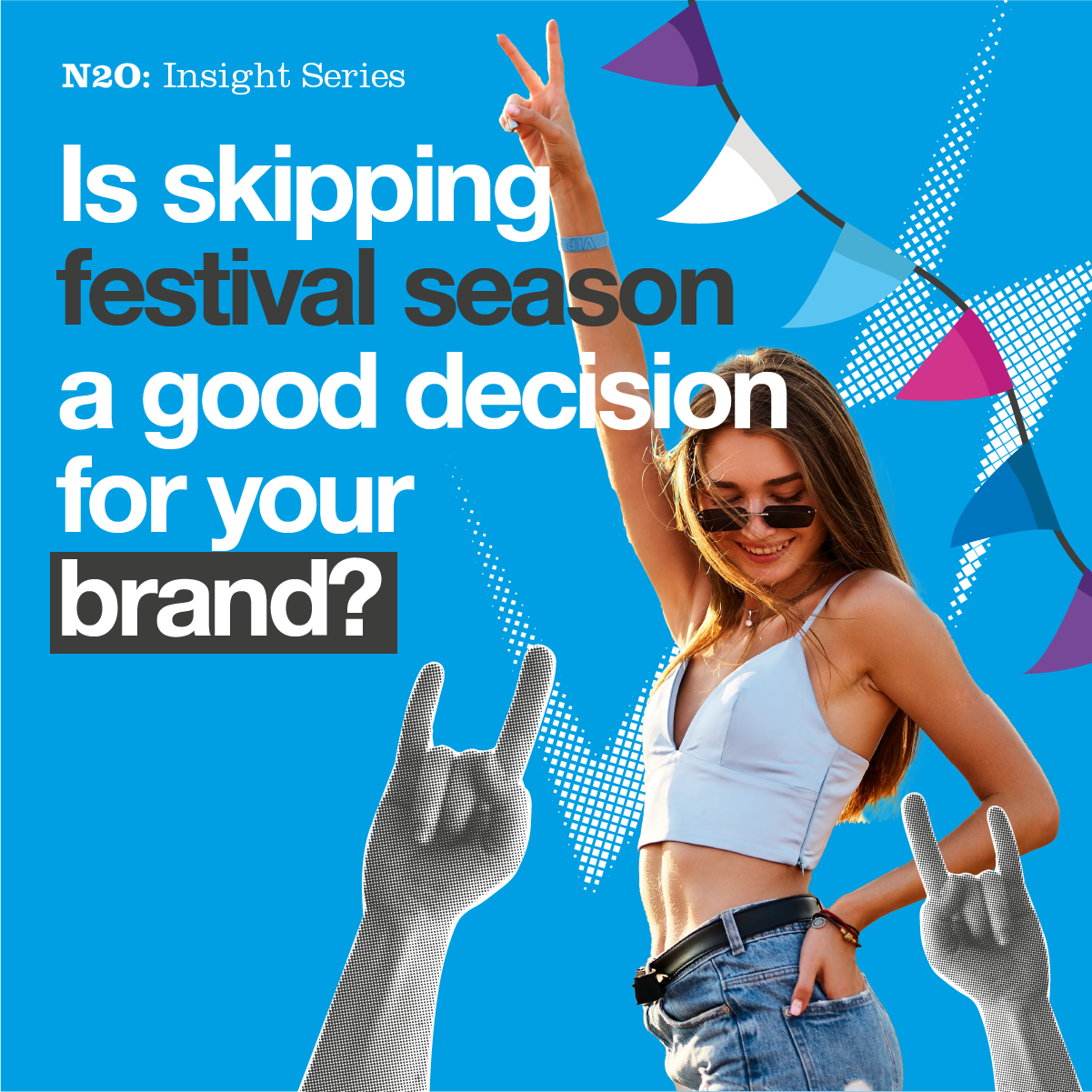



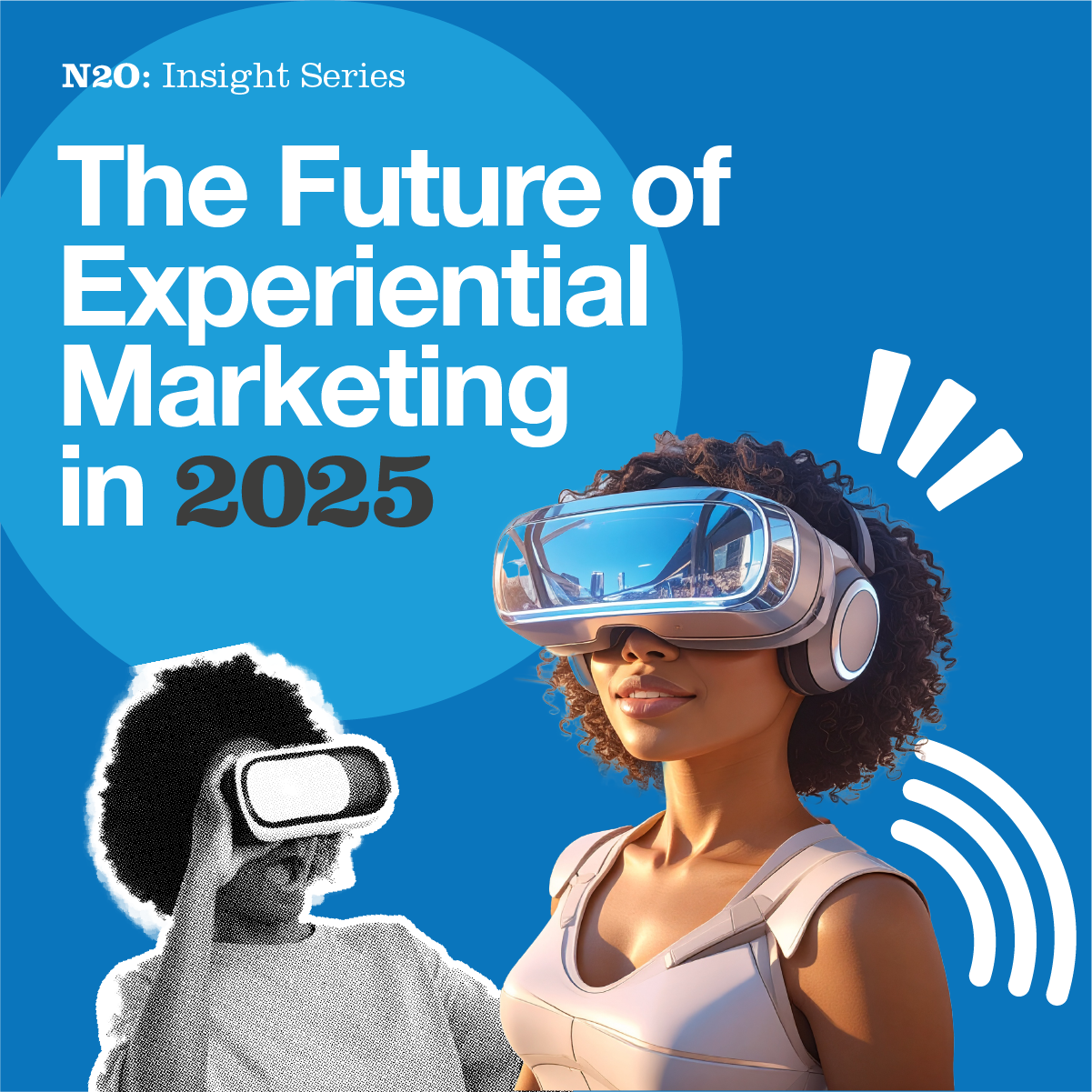































































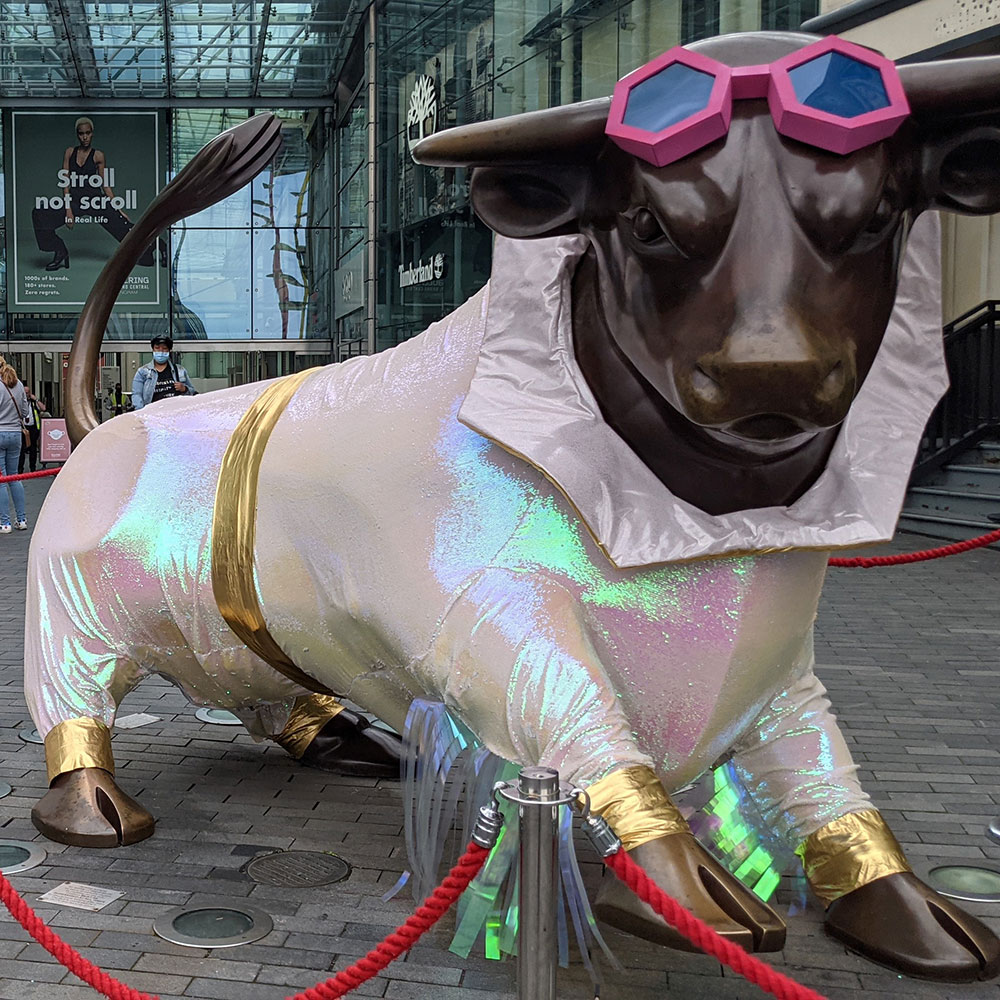


.jpg)







.jpeg)


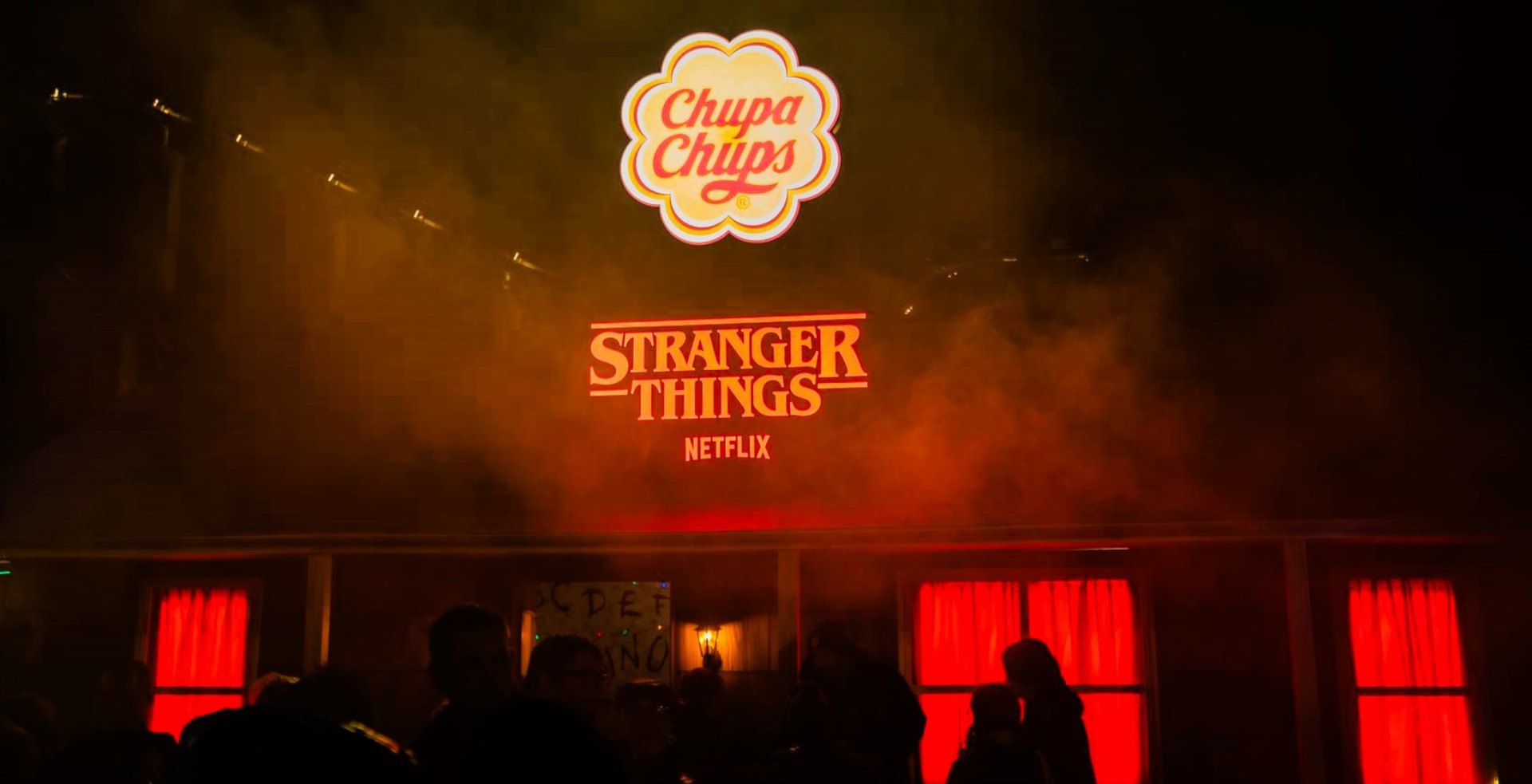
.png)


















